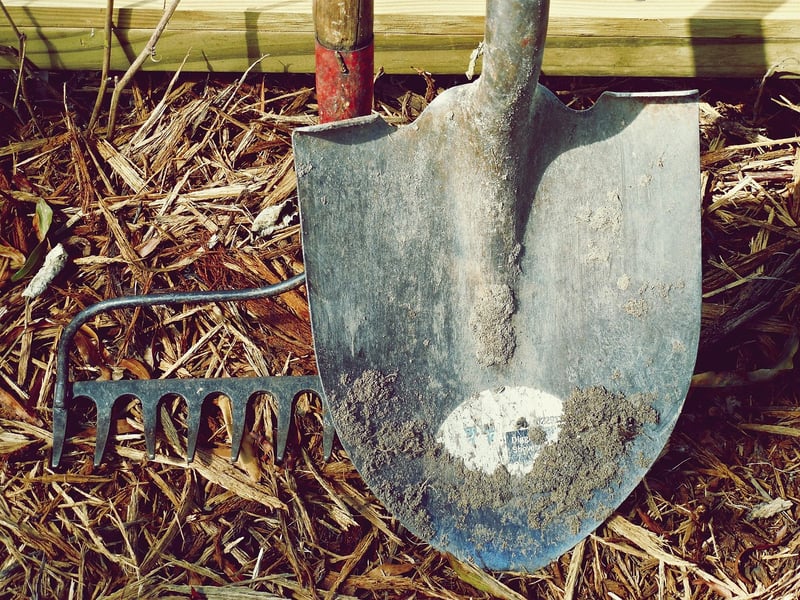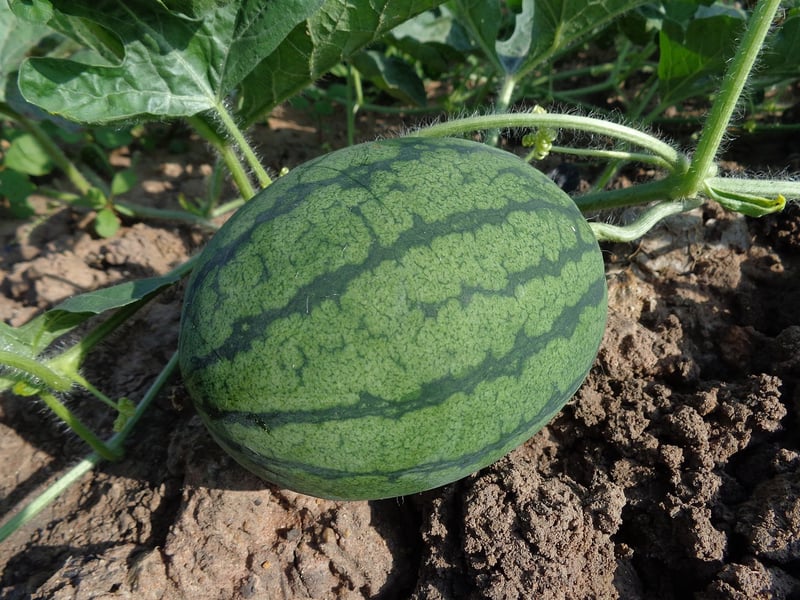Soil Management
Essential Guide to Plant Maintenance and Soil Management
Introduction
Welcome to our comprehensive guide on plant maintenance and soil management. Whether you're a seasoned gardener or just starting with your green thumb, proper plant care and soil health are crucial for the well-being of your plants. This guide will provide you with essential tips and techniques to ensure your plants thrive and your soil remains fertile.
Plant Maintenance
Regular plant maintenance is key to keeping your garden healthy and vibrant. Here are some tips to help you care for your plants:
1. Watering
Water your plants regularly, but be mindful not to overwater. Different plants have varying water needs, so it's essential to understand the requirements of each plant in your garden.
2. Pruning
Prune your plants to promote growth and remove dead or diseased branches. Pruning also helps maintain the shape and aesthetics of your plants.
3. Fertilizing
Provide your plants with the necessary nutrients by fertilizing them. Choose a fertilizer that is suitable for the specific needs of your plants and apply it according to the instructions.
Soil Management
Healthy soil is the foundation of a thriving garden. Here are some soil management practices to enhance the fertility of your soil:
1. Soil Testing
Regularly test your soil to understand its pH level and nutrient content. This information will help you determine the amendments required to improve soil quality.
2. Mulching
Apply mulch to your soil to retain moisture, suppress weeds, and regulate soil temperature. Organic mulches like compost or bark chips also add nutrients to the soil as they break down.
3. Crop Rotation
Practice crop rotation to prevent soil depletion and minimize the buildup of pests and diseases. Rotate your crops annually to maintain soil health and diversity.
Conclusion
By following these plant maintenance and soil management practices, you can create a thriving garden that is not only visually appealing but also sustainable in the long run. Remember to observe your plants regularly, listen to their needs, and make adjustments accordingly to ensure their well-being.
Happy gardening!

